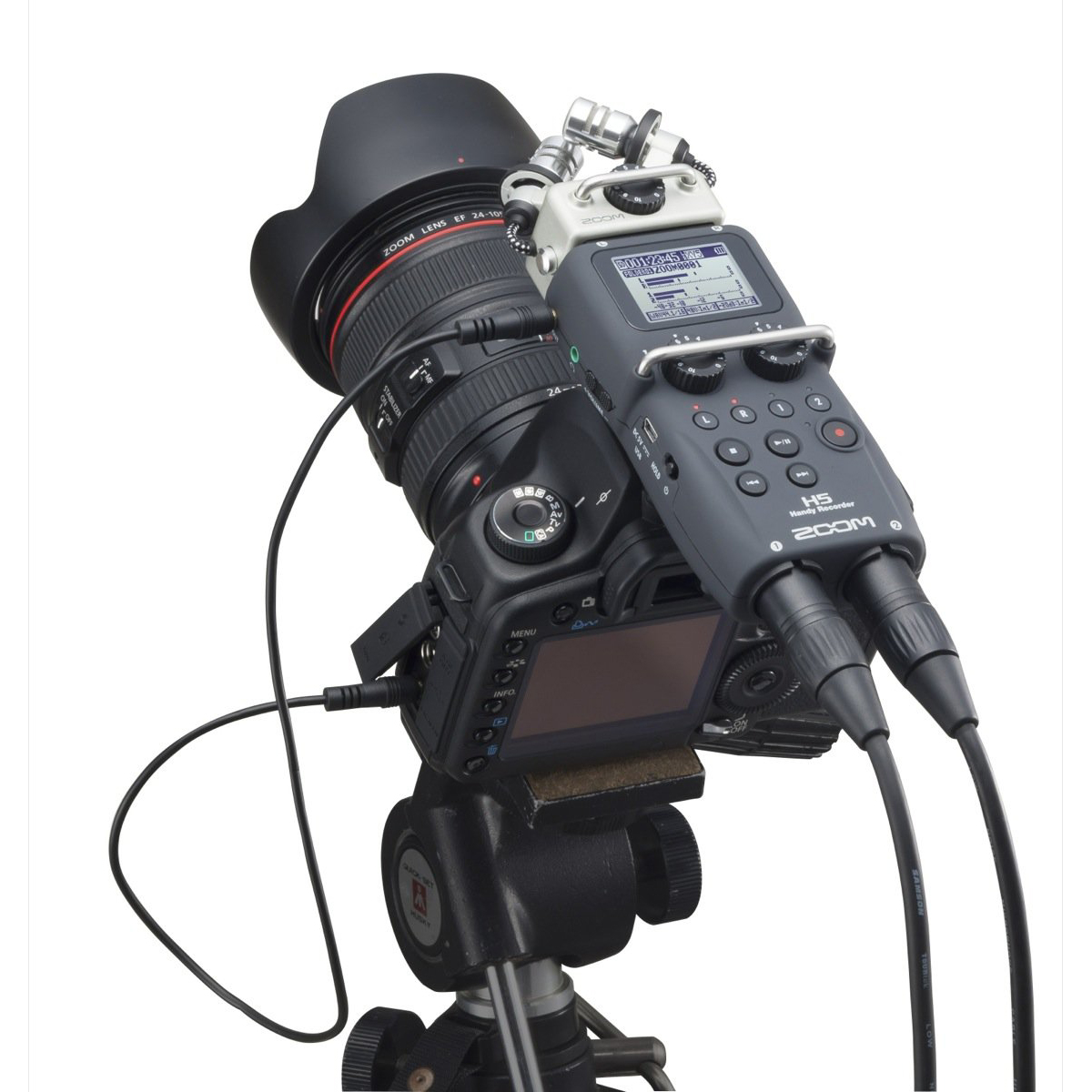

Forget about the BU file, we don’t need it. Then rename the stereo file you want to transfer to the same name of your Zoom file – in this case ZOOM00006_LR.wav, and copy it to the Zoom to replace the file you have deleted. Now simply delete both the ZOOM0006_LR.wav and ZOOM0006_BU.wav files on the Zoom. You may also have a file called ZOOM0006_BU.wav, which is a backup, and also an indecipherable file called ZOOM0006.hprj. If you have used one of the standard microphone modules (and why not, they are great), then you will end up with a file called something like ZOOM0006_LR.wav (where 0006 might be any number). Then hook up the H6 as a USB device, and look for the new recording. Note the Zoom folder number and recording number. The important bit is to make a recording on the H6 that is the same length or longer than the recording we are copying. Indeed, record it as it plays, but don’t worry about the quality, as we will be throwing out the recording when we have finished. You play the recording on your PC, while the H6 is in record mode. But then I would be going from digital to analog to digital, which I don’t want to do. One easy way would be simply to record the track from speaker to microphone, or run a cable from the line-out of my computer to stereo jacks on the H6. For this, I would prefer to copy the backing track to the Zoom H6, then work entirely within the device, recording repeated vocal tracks until I get it right. Aside from the possible fan and disk noise from the computer, I want as few distractions as possible, so I can concentrate on my vocal. But the main track I am recording is going to be vocal, and I don’t want faff about with a computer or tablet while I am trying to sing.
#Zoom h6 software Pc
I could do this easily using Audacity on my PC or Tablet, with the Zoom H6 just as an audio interface. Why would I want to do this? Take my current project – I have a stereo backing track, recorded elsewhere, that I want to lay further tracks against. However, it is not so simple to digitally copy audio tracks into the Zoom – there is no process for this.

Recordings made on it are easily digitally transferred to a PC or Mac, to be imported into the DAW or editor of your choice – it is just a matter of hooking it up with USB and copying the tracks.
#Zoom h6 software windows
It can be used stand-alone, or as an audio interface to a Windows PC, Mac, iPad and (undocumented) Android. The Zoom H6 is a great handy 6-track recorder.


 0 kommentar(er)
0 kommentar(er)
